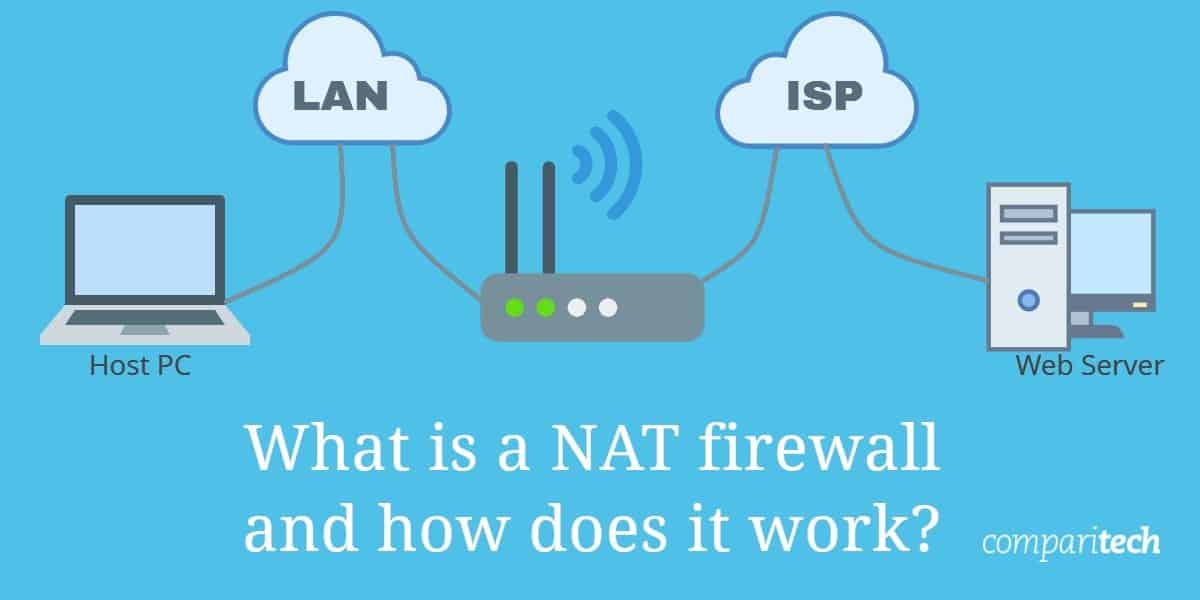
Therefore, for NATto function, neither the IP addresses nor any information derived from them(such as the TCP header checksum) can be encrypted.Īnother concern is virtual private networks (VPNs) using, for example,IPSec.

If the data fieldsare encrypted, however, NAT has no way of reading the data. EncryptionĬisco's NAT can change the IP address information carried within thedata fields of many applications, as you will see shortly. If a fragment arrives before the first fragment, theNAT has no choice but to hold the fragment until the first fragment arrives andcan be examined. If a firstfragment is translated, information is kept so that subsequent fragments aretranslated the same way. You must design NAT to handle such eventualities.Ĭisco's NAT keeps stateful information about fragments. So it'squite possible that the first fragment might not even arrive at the NAT beforelater fragments.

IP makes no guarantees that packets are delivered in order. If that fragment is merely translated andforwarded, the NAT has no way to tell whether the subsequent fragments must betranslated. However, what if the packet destined forport 25 becomes fragmented at some point in the network before it reaches theNAT? The TCP or UDP header, containing the source and destination port numbers,is in the first fragment only. Apacket with a destination port of 25 can be translated to a particular ILaddress, for example, whereas a packet with some other destination port numberscan be translated to other addresses. Recall from the section "NAT and Virtual Servers" that you can useNAT to translate to different local addresses based on the destination port. Cisco's NATperforms these checksum recalculations. Therefore, if an IP address ora port number changes, the TCP checksum must also change. This number iscalculated over the TCP header and data, and also over a pseudo-header thatincludes the source and destination IP addresses. The same is true of the checksum in the TCP header. Therefore,if the source or destination IP address or both change, the checksum must berecalculated. The checksum of an IP packet is calculated over the entire header. This sectionexamines the most common issues surrounding the operation of NAT. Changing an IP address in the header could change the meaningof the encapsulated data, possibly breaking the application. And many protocols andapplications carry the IP address or information based on the IP address withintheir data fields. The nature of some specific protocols and applicationsĬhanging the content of an IP address or TCP port can change the meaning ofsome of the other fields, especially the checksum.

The general processing of IP and TCP headers Thanks again, I am sure we can be able to figure this out.Although the general applications of NAT presented so far arestraightforward, the underlying functions of NAT can be less so, because of thefollowing two factors: Ideally it would be the protocol I helped work on when I was at Apple, Bonjour (aka mDNS). I am ASSUMING it's some sort of multicast discovery. I may put a packet analyzer on the net over the weekend to see if I can figure out how you are doing DVR device discovery (would be great if you had any info on the protocol). I am not jumping on you folks who are trying to help, I am just pointing out that there seems to be a problem here that MAY not be unique to myself, and I am in a position to assist in diagnostics and resolution that will not only benefit myself, but other less technically sophisticated consumers.
NAT ISSUES IN VUZE FOR MAC SOFTWARE
This is also confirmed by the fact that a VERY early version of the MRV CE release (about a year or so ago), DID work, and I have made NO hardware or software changes to the network (aside from DVR updates that have been pushed)
NAT ISSUES IN VUZE FOR MAC DOWNLOAD
The DVRs themselves are able to run the Internet widgets, download Internet content, and I can within the home view stored DVR content via DirectPC.ĭeductive reasoning leads one to conclude that the problem lies in the MRV software (my personal believe is the device discovery, as neither DVR sees the other when you look menu for other DVRs (menu option, not the content GUIDE)).

The network works fine for ALL other devices in the home (computers). I have 1 wireless access point on the network (Apple). Each DVR and all my other ethernet devices are connected via CAT 5e to the switch (all off the shelf equipment). 2 Gig-E switches (Asante) linked together. Actually I have NOTHING non-standard in my network.


 0 kommentar(er)
0 kommentar(er)
